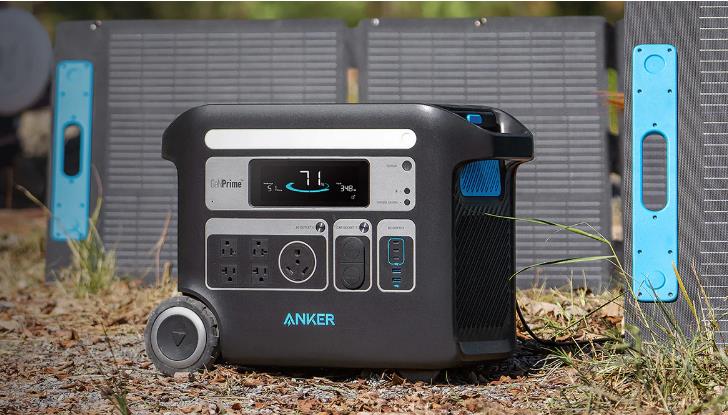In the world of modern technology, staying powered up has become just as important as staying connected. From smartphones to laptops, from camping gear to emergency equipment, the demand for reliable portable energy solutions has skyrocketed.
Two of the most talked-about products in this category are power banks and portable power stations. While both serve the purpose of supplying electricity on the go, the differences between them are significant and worth exploring.
Size and Portability Compared
When comparing power banks to portable power stations, one of the most obvious differences lies in size and portability. Power banks are designed to be as compact and lightweight as possible, often weighing less than half a pound. Their portability is unmatched, but this convenience comes with limitations on the type and amount of power they can deliver.
Portable power stations, while still considered mobile compared to traditional generators, are larger and heavier due to the higher capacity of their lithium batteries and their built-in inverters. They may weigh anywhere from a few pounds to over thirty pounds depending on the model and capacity. Though they require more planning to transport, they provide power for a wide range of devices, which makes the extra weight worthwhile. For campers, RV travelers, or those preparing for emergencies, the slightly bulkier form of a portable power station is a fair trade-off for the independence it provides.
Charging Capabilities and Options
Another key difference between power banks and portable power stations lies in how they are recharged. Power banks are typically recharged through USB cables connected to a wall adapter, computer, or car charger. Their smaller capacity makes them relatively quick to recharge, but the options are often limited to conventional power sources.
Portable power stations, on the other hand, are designed with versatility in mind. They can be charged through AC wall outlets, car chargers, and more importantly, solar panels. This solar compatibility makes them highly attractive for outdoor adventurers and eco-conscious users who want to rely on renewable energy. The ability to recharge a portable power station off-grid gives it a clear advantage in scenarios where access to traditional electricity is not guaranteed.
Use Cases in Everyday Life
The difference between a power bank and a portable power station becomes most apparent when looking at practical use cases. A power bank is perfectly suited for someone who needs to recharge their phone during a long flight or ensure their tablet stays powered during a commute. It is a convenience tool, excellent for everyday urban life where electrical outlets are never too far away.
A portable power station, however, is a necessity for situations that demand more resilience and flexibility. Campers use them to run lights, portable stoves, and fans in remote locations. Photographers and drone enthusiasts rely on them to recharge high-capacity batteries while working in the field. Families keep them at home to power essential electronics during storms and blackouts. Their ability to support both lifestyle convenience and emergency preparedness places them in a class of their own.
Cost and Value Considerations
From a financial perspective, power banks are relatively inexpensive and accessible, making them a common gadget that almost everyone owns. Portable power stations, due to their higher capacity and broader range of features, come at a higher price point. However, their value extends beyond cost per unit. A high-quality portable power station can be a long-term investment that supports both recreational adventures and critical backup power needs.
Choosing between the two depends largely on individual needs and usage scenarios. For those who only require a quick smartphone charge, a power bank is sufficient. But for anyone who requires reliable, multi-device power for outdoor use or emergencies, a portable power station offers far greater value.
Final Thoughts
The difference between a power bank and a portable power station lies in more than just size and capacity.
A power bank is a compact, everyday solution for charging small devices, while a portable power station is a comprehensive energy hub capable of powering both small gadgets and large appliances.
Both have their place in modern life, but for those who need more than just convenience, a portable power station is the smarter investment.
For anyone looking to move beyond basic charging and embrace true portable energy independence, a brand like ALLPOWERS delivers superior reliability, performance, and sustainability.




